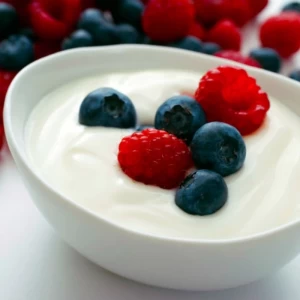NEW CONCEPTS AT THE OIE CONFERENCE

The OIE global conference on animal welfare was a great success. Not because all the problems were solved – of course not – but because the problems were defined and the OIE got an internationally binding mandate to work with – to develop international, workable and scientifically based guidelines for animal welfare, ensure transparency and openness in the process, respect that developing countries may need longer time to implement such guidelines, to empower developing countries to develop suitable strategies that allow for incremental changes, to facilitate technology transfer between regions just to mention a few.In light of recent development here in our own region, these are excellent news.All of the Southern Cone countries have signaled that the regional meat industry in general needs a modernization, and this has prompted all of the Agricultural Ministries in the region to call for projects that would revitalize an important but struggling industry.There is a realization that commodity based trade is not nearly as beneficial – neither in terms of income for individual meatpackers, not for society at large – as highly specialized and branded products. So far all of that money has gone to foreign stakeholders who have bought a cheap commodity here, transformed it into a high quality product and sold it with great profit on the destination market.However, new tendencies show that consumers, demanding better quality products, are yet again driving the changes. We have seen that in a few years time, consumers have managed to impose important changes such as quality guarantees (HACCP), traceability, transparency, and now ultimately, animal welfare. And, at the same time, the same consumers want a tastier and juicier steak. They want it leaner, with less artificial additives, or pharmaceutical agents such as hormones and antibiotics.The way to obtain this is to provide an even better Total Quality Management scheme. Just as HACCP has transformed hygienic aspects of post mortem production, PACCP – Palatability Assurance Critical Control Points – is a relatively new concept that aims to guarantee the tenderness and tastiness of meat.In its infancy, this concept has focused on chemical components and electrical stimulation of the carcass, but with better understanding of muscle physiology, and the importance of wellbeing for optimal use of genetic potential, PACCP more and more comes to include animal welfare programs all the way from the farm to the slaughterhouse, where after slaughter, it neatly joins with the needs of and optimizes the potential of HACCP programs.Certainly, the biggest supermarkets and retailer have taken on the significance of this and are in an ever increasing manner pushing the responsibility for optimal raw material quality back to the source, that is both on farm and slaughterhouse.As the region is trying to upgrade its cattle industry all of this is very good news. It means that it will be easier to introduce changes, because behind it the international community is expecting a better performance.* Hanne Martine Stabursvik, Norwegian veterinary surgeon living and working in Argentina. Member of the Royal College of Veterinary Surgeons, UK. One of her specialties is the veterinary checks on imported products of animal origin in the EU. She teaches animal welfare at the Universidad del Salvador, Facultad de Medicina Veterinaria and works with specialists in the field from all over the world. She is also a member of Red Alimentaria.





